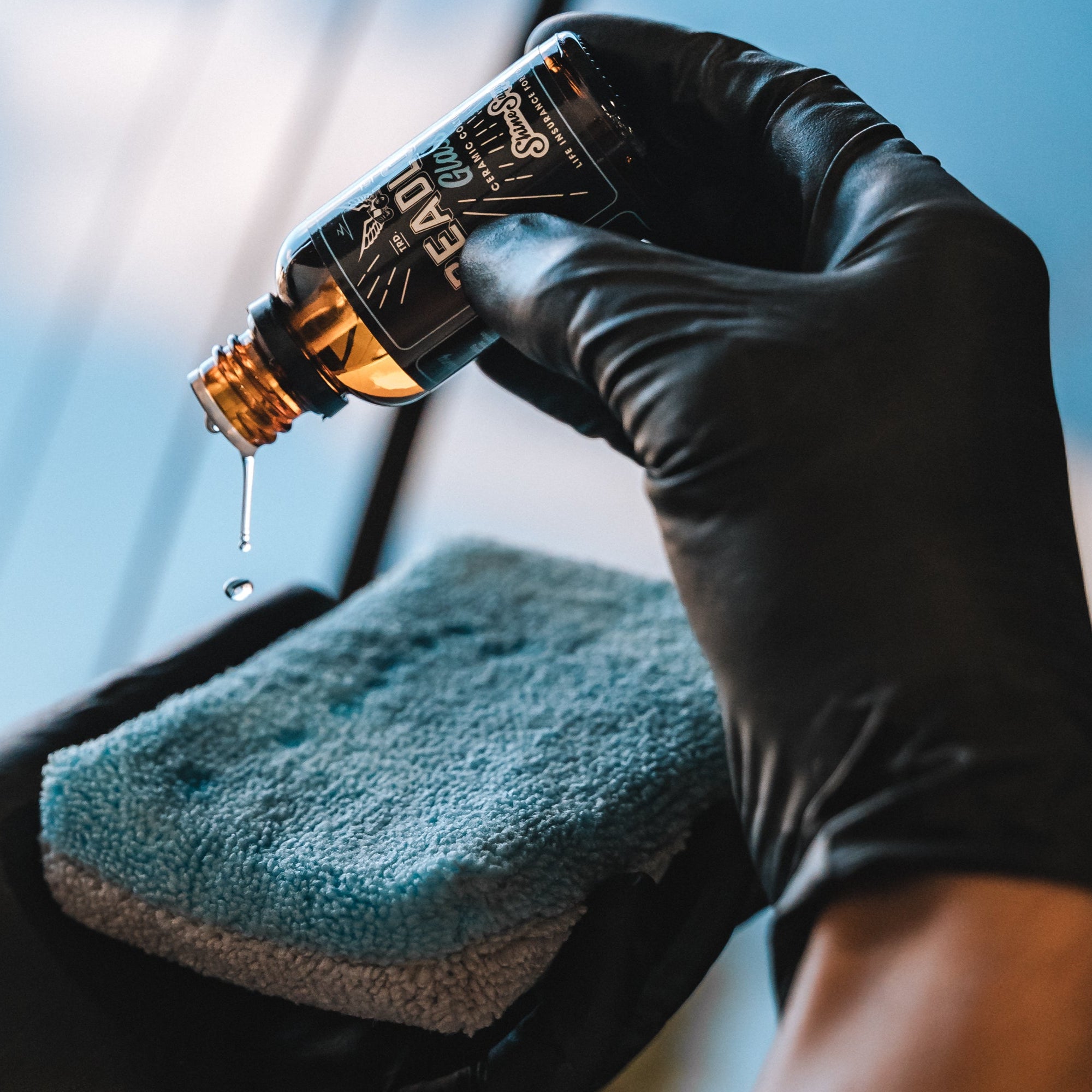Find top-quality car detailing services for a flawless car finish.
A Comprehensive Guide to the Kinds of Ceramic Coating on the marketplace
Ceramic coverings have actually emerged as a crucial solution throughout different industries due to their special buildings and applications. As we explore the distinctive characteristics and applications of these coatings, the ramifications for efficiency and longevity come to be progressively apparent, elevating questions concerning which kind may ideal match your requirements.
Understanding Ceramic Coatings
Ceramic finishes are innovative safety solutions that have gotten appeal in various markets, particularly in automotive and aerospace applications. These coatings contain a fluid polymer that, when treated, forms a durable, hydrophobic layer on the surface area of the substrate. This layer gives boosted resistance to environmental contaminants, UV radiation, and chemical exposure, thereby expanding the life and aesthetic charm of the underlying material.
The essential component of ceramic coatings is silica, which adds to their firmness and sturdiness. The application procedure normally involves surface area prep work, application of the layer, and healing, which can be accomplished via heat or UV light. When treated, ceramic layers exhibit remarkable bonding buildings, enabling them to stick highly to a variety of surfaces, including steels, plastics, and glass.
Along with their protective features, ceramic finishings likewise supply ease of maintenance. Their hydrophobic nature lowers the adherence of dirt and crud, making cleaning less complex and less frequent. In general, the adoption of ceramic coatings represents a considerable innovation in surface area defense modern technology, giving both practical and visual benefits throughout multiple sectors.
Kinds Of Ceramic Coatings
Different sorts of ceramic layers are offered, each made to meet certain efficiency needs and applications - Paint Protection Film. One of the most typical types include:
Silica-based Coatings: These coatings mostly include silicon dioxide and are known for their resilience and chemical resistance. They are commonly made use of in auto and industrial applications.
Titanium Dioxide Coatings: Popular for their photocatalytic residential or commercial properties, titanium dioxide finishings are commonly used in environments where self-cleaning and antifungal homes are preferable, such as in structure materials and automobile finishes.
Zirconia Coatings: Characterized by their high-temperature security and thermal resistance, zirconia finishings are used in applications such as turbine engines and high-performance automobile parts.
Alumina Coatings: Displaying outstanding solidity and thermal security, alumina finishings are frequently utilized in wear-resistant applications, including cutting devices and industrial machinery. - Car Detailing
Hybrid Coatings: Combining the properties of various materials, hybrid layers offer enhanced efficiency qualities, making them appropriate for one-of-a-kind and demanding applications.
Each kind of ceramic layer offers distinct objectives, permitting users to choose the most ideal option based upon certain environmental problems and performance requirements.
Advantages of Ceramic Coatings
Ceramic finishings, in particular, deal various benefits that make them increasingly prominent among producers and customers alike. These finishings are immune to scratches, chemicals, and UV rays, guaranteeing that the underlying surface area remains safeguarded over time.
Along with durability, ceramic coatings supply excellent hydrophobic residential or commercial properties, enabling very easy cleaning and maintenance. This water-repellent nature minimizes the adherence of dust, gunk, and various other pollutants, which can prolong the visual allure and see it here functionality of the surface. Ceramic finishes can dramatically boost thermal resistance, making them optimal for applications that endure high temperatures.

Application Refine
When using ceramic layers, a careful method is vital to attain ideal results. A tidy surface ensures appropriate bond of the covering.
As soon as the surface is prepped, the following action is to apply the ceramic finish. The covering needs to be used in slim layers, as thicker applications can lead to irregular finishes.
After application, the covering calls for a specific treating time, commonly varying from a few hours to a complete day, depending on the product. Adhering to these actions diligently will make best use of the efficiency and long life of the ceramic finishing, supplying a sturdy safety layer for the surface area.
Upkeep and Longevity
To guarantee the durability and effectiveness of a ceramic finish, regular maintenance is important. Ceramic finishings, understood for their longevity and protective high qualities, call for details treatment dig this regimens to maximize their you could try these out life expectancy and efficiency.
Along with routine cleaning, routine evaluations are vital. Try to find indicators of wear or damage, such as hydrophobic properties reducing or surface imperfections. If needed, a light gloss may be used to invigorate the coating without stripping it away.
Additionally, the application of a booster spray can boost the coating's hydrophobic impacts and recover its gloss. This is particularly useful for layers that have actually remained in use for an extensive duration. Ultimately, by adhering to these maintenance methods, one can dramatically expand the life of a ceramic covering, ensuring that it proceeds to provide optimal protection against ecological factors and maintain the aesthetic allure of the vehicle.
Verdict
